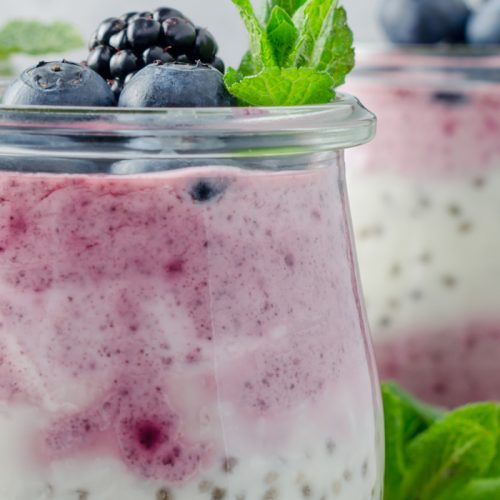
HFG senior nutritionist Rose Carr investigates New Zealand produced beef.
Nutrition
Beef is an excellent source of protein and is loaded with easily-absorbed iron, plus other essential nutrients such as zinc, vitamin B12 and even omega-3. Most cuts can easily be trimmed of fat, making almost all cuts a healthy option. You can also purchase pre-trimmed or ‘lean’ cuts of beef to save time.
Grass-fed or grain-fed?
About 90 per cent of the beef available in New Zealand is grass-fed. There are specialist producers whose cattle are grass-fed for about 18 months then switched to a grain diet for around three months. Grass-fed beef is typically leaner than grain-fed beef, and contains more omega-3. In many countries, cattle are raised indoors and fed grain for much of their lives because of limited space and an inclement climate.
Are hormones used in our beef?
The use of hormones to promote the growth of cattle in New Zealand is extremely limited and very tightly controlled: it is estimated they are used in around one per cent of our beef cattle, compared to Australia where around 40 per cent of livestock are treated with growth hormones. Any beef displaying the New Zealand Beef and Lamb Quality Mark has come from animals not treated with growth hormones.
Aged beef
To ‘age’ meat means to keep it for a time under a controlled temperature so that naturally occurring enzymes within the meat slowly break down and soften the muscle fibres, making the meat more tender and developing flavour. Beef may be carcass-aged (or ‘hung’) but vacuum-packed ageing is more common as this is quicker and less expensive. Chilled, vacuum-packed beef is generally aged for five to six weeks but can be aged for longer. Carcass-aged beef is hung to dry for up to 30 days, which results in it losing moisture and developing a more concentrated flavour.
The NZ Beef & Lamb Quality Mark and the Heart Foundation Tick
Quality Mark beef must be trimmed so it has a maximum of 5mm external fat and any internal fat must be removed where practical. There are also thirteen cuts of beef, including premium mince, which meet the Heart Foundation Tick standard of less than four per cent saturated fat. The Heart Tick and/or the Quality Mark sticker are on packs of beef that meet these standards.
Purchase and storage
Good quality beef should have little or no odour and any fat should have a creamy texture. Raw meat could contain harmful bacteria so it needs to be stored and handled carefully to avoid contaminating other foods. Place meat on the bottom shelf of the fridge so juices cannot drip onto other foods, and use a separate chopping board for your meat.
Roasts can generally be stored in the fridge for three to four days, steaks for two to three days, and mince/cut meat for two days. Beef can be frozen, tightly wrapped, for up to two to three months in the case of mince or cut meat; three to four months for steaks and four to six months for roasts.
How often and how much?
It’s recommended we eat lean red meat three to four times a week. For women, eating red meat is the simplest way to boost iron intake. One serve is around 125-150g uncooked meat (or 85-100g cooked meat). Think of a serve as the size of the palm of your hand. This is well within the guidelines of the World Cancer Research Fund which advises us to consume no more than 750g uncooked (or 500g cooked) red meat each week.
Lean beef contains around 580kJ, 4.7g fat and 2.2g saturated fat per 150g uncooked meat.
Choosing mince
Although there are no agreed national standards, most retailers use some or all of the following grades for beef mince, so we recommend choosing premium mince:
- Premium: Less than 5 per cent total fat
- Prime: Less than 10 per cent total fat
- Standard: 10-20 per cent total fat
Compare the different grades: the fewer white bits in the mince, the leaner the meat.
Buying beef at a glance
- Purchase pre-trimmed lean cuts whenever possible and always trim any visible fat before cooking.
- Select lean, premium mince.
- Economical cuts include: beef mince, blade steak, chuck steak, shin, skirt steak and rump steak.
- Look for the Quality Mark or the Heart Foundation Tick on packs.
- It’s recommended we eat lean red meat three to four times a week.
Cuts and cooking methods
Different cuts of beef lend themselves to different styles of cooking, so choosing the cooking method best suited for a particular cut enhances the tenderness of the meat and the overall flavour of the dish. If you look at the packaging on your meat, it will usually tell you the most suitable cooking methods, and don’t be shy to ask your butcher for tips. Less tender cuts need longer, slower cooking, such as in a casserole or slow cooker or slow roasting, while tender cuts will remain tender when cooked more quickly — fried or quick roasted. For more information see www.beeflambnz.co.nz.
Fast-cooking cuts
- fillet steak
- rib eye/scotch fillet steak
- sirloin/porterhouse steak
- T-bone steak
- rump steak
Roasting cuts
- whole fillet
- whole rump
- topside
- whole sirloin
- thick flank
- whole rib-eye (scotch fillet)
- prime rib on bone
- wing rib
- standing rib roast
Slow-cooking cuts
- blade steak
- chuck steak
- brisket
- corned silverside
- spare ribs
- flank skirt
- shin
- oxtail
www.healthyfood.com










